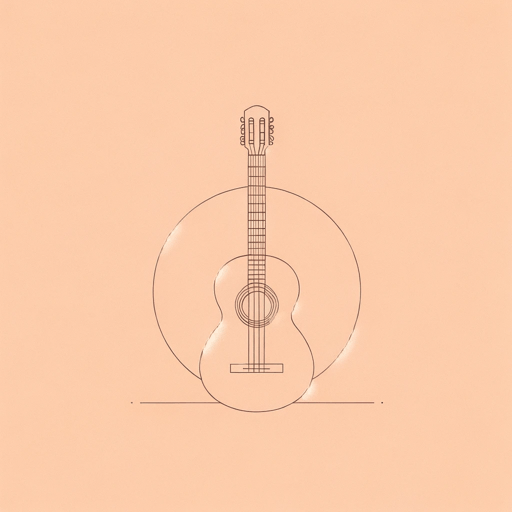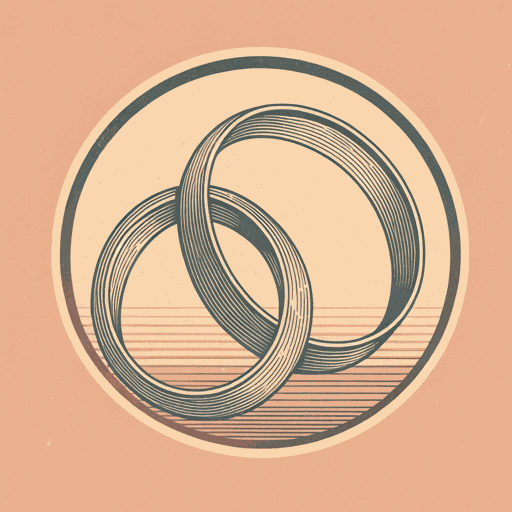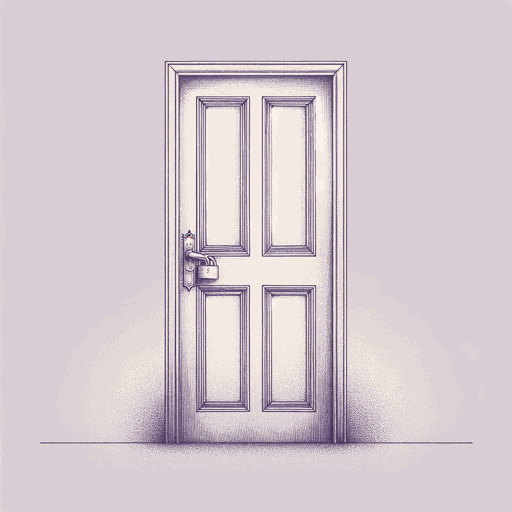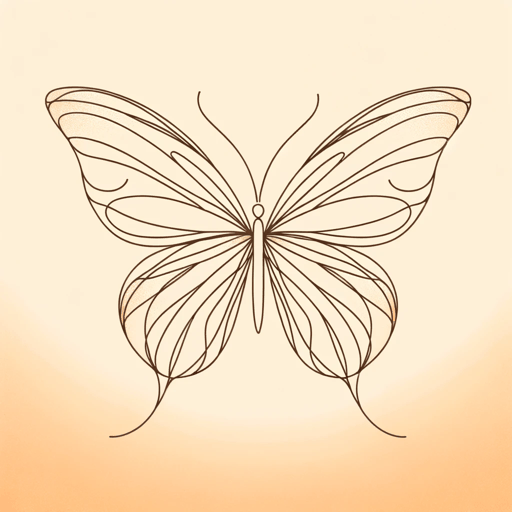17 pages • 34 minutes read
Federico García LorcaThe Guitar
Fiction | Poem | Adult | Published in 2002A modern alternative to SparkNotes and CliffsNotes, SuperSummary offers high-quality Study Guides with detailed chapter summaries and analysis of major themes, characters, and more.
Summary and Study Guide
Overview
“The Guitar,” or in its original Spanish “La Guitarra,” is a free verse lyrical poem by Spanish poet, playwright, and amateur musician Federico Garcia Lorca. It was written in November 1921, among other poems, in preparation for a flamenco festival in Granada the following year and was published in the collection Poem of the Deep Song, or Poem of the Cante Jondo. While this was originally a collection of 55 poems, Lorca added two dialogues in 1925. This poem is famous in Spain, akin to the “Star Spangled Banner” in the United States, and its lyrical recitation is often accompanied by flamenco guitar playing. In “The Guitar,” Lorca personifies the dramatic capabilities of the instrument, also bringing to light the longing and suffering of the human experience. This poem is inspired by Lorca’s interest in the history of flamenco music and the Modernismo movement of poets in the late 19th and early 20th century Spain, which emphasized national pride, cultural maturity, a search for beauty, and Romantic ideals (with an emphasis on the melodramatic).
Poet Biography
Born in 1898 near Granada, Spain, Lorca grew up with his farmer father and teacher mother. At age 11, he expressed an interest in music and began to take piano lessons. When his music teacher died in 1916 Lorca began to write, drawing his inspiration from Spanish folklore and the music of Beethoven and Chopin. While at the University of Granada, he traveled throughout northern Spain with a professor who encouraged him to write his first book, Impressions and Landscapes, or Impresiones y Paisajes, which Lorca’s father paid to print in 1918.
Upon moving to Madrid to take classes at the University of Madrid and residing at the Residencia de Estudiantes (“Student Residence”), a cultural hub for Spanish cultural life, Lorca became acquainted with the artists with whom he would collaborate and feel inspired, including painter Salvador Dali whose interest in the unconscious mind and non sequiturs was part of the Surrealist movement that developed after World War I. In 1919-1920, Lorca wrote and directed his first playThe Butterfly’s Evil Spell, which received an unfavorable response, affecting how Lorca would feel about his play audiences for years to come.
Throughout the 1920s, Lorca had success with other play productions and poetry collections, including his most beloved collection titled Gypsy Ballads, or Romancero Gitano. With its first meeting in 1927, Lorca became a member of Generation of ’27, a group of mostly poets interested in bridging the gap between the avant-garde and popular Spanish culture. Facing estrangement from Dali and responses from the general public, Lorca became conflicted over his homosexuality and felt typecast as a gypsy poet. This depression likely sparked his move to the United States where he studied at Columbia University but mostly focused on his writing. His posthumous 1942 collection Poet in New York, or Poeta un Nueva York, experimentally captured his experience witnessing the Wall Street Crash of 1929.
Upon his return to Spain in 1930, he became the director of the student theatre company The Shack, or Teatro Universitario La Barraca. Throughout the decade, he developed his most famous plays Blood Wedding, Yerma, and The House of Bernarda Alba, known collectively as the “Rural Trilogy.” Lorca also wrote more traditional poems and produced drawings, for which he isn’t as well known as his writing.
In 1936 at the start of the Spanish Civil War, Lorca was arrested and then killed by Nationalists, or right-leaning forces. To this day, his death is shrouded in controversy, and his remains have still not been discovered. Theories range from sociopolitical reasons based on the perception of Lorca as a socialist, to personal reasons based on his sexual orientation and lifestyle. After his death, the Falangist regime placed a ban on Lorca’s work that lasted until 1953.
Poem Text
Lorca, Federico Garcia. “The Guitar.” 2002. Poets.org.
Summary
The poem introduces personification of the guitar and a related melancholic mood with the imagery of a guitar weeping followed by the breaking of glasses. Lorca then repeats the imagery of the guitar weeping (Line 5). He twice makes it clear that there is no way to quiet the sound of the guitar (Lines 7-10) and compares the guitar’s crying to the crying of wind and water (Lines 11-14). For a third time, Lorca mentions how “impossible” it is to “silence it” (Lines 15-16). The poet then states what the guitar weeps for: “distant/things” (Lines 17-18). In the next several lines, Lorca uses pairs of concepts and images to showcase distance and longing, such as “arrow without target” and “evening without morning” (Lines 21-22). The end of “The Guitar” evokes a series of images associated with death, including “the first dead bird” (Line 23). Lorca then directly addresses the guitar: “Oh, guitar!” (Line 25) before evoking death imagery once more, this time affecting the guitar: “heart mortally wounded” (Line 26).
Related Titles
By Federico García Lorca




